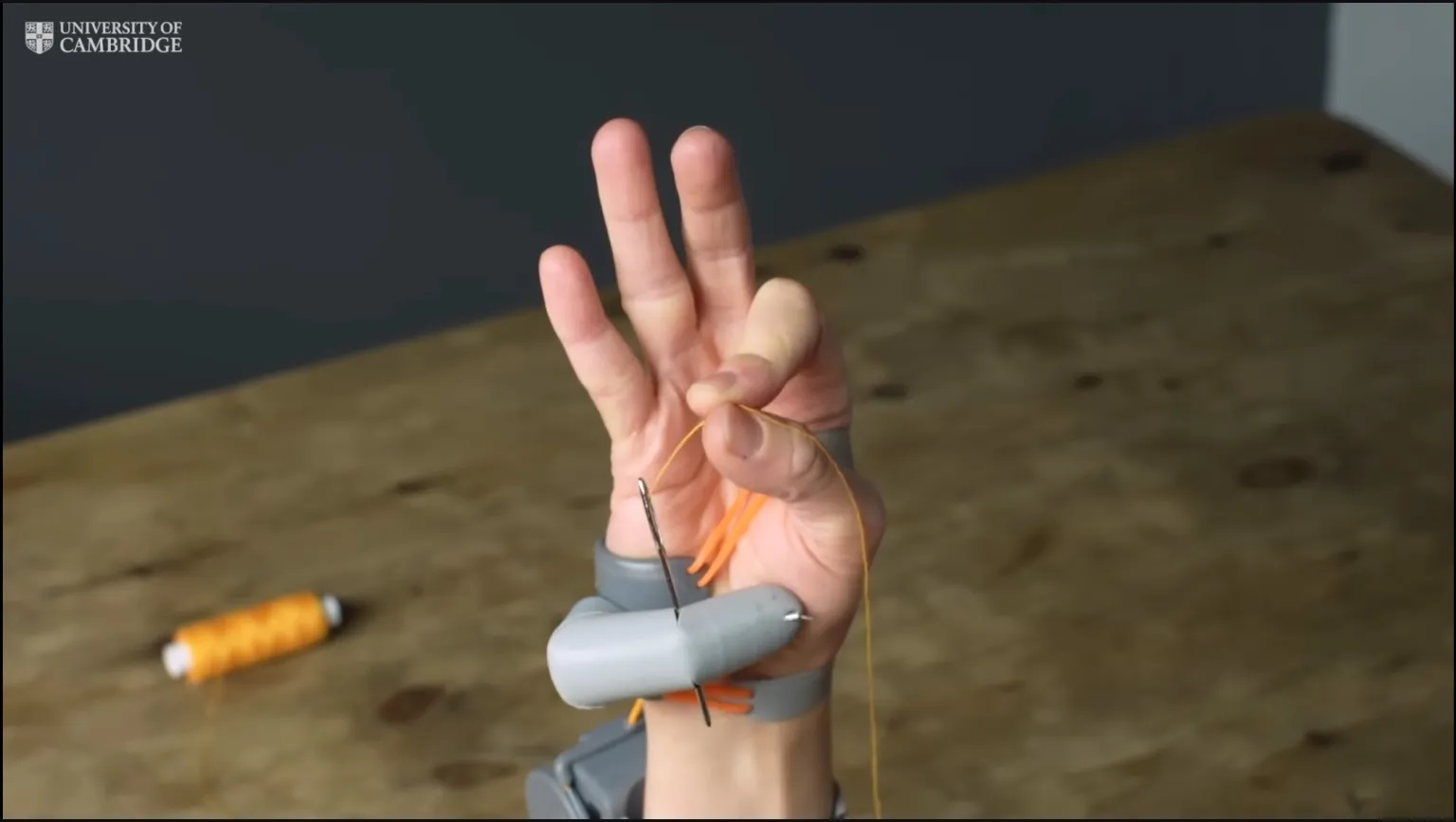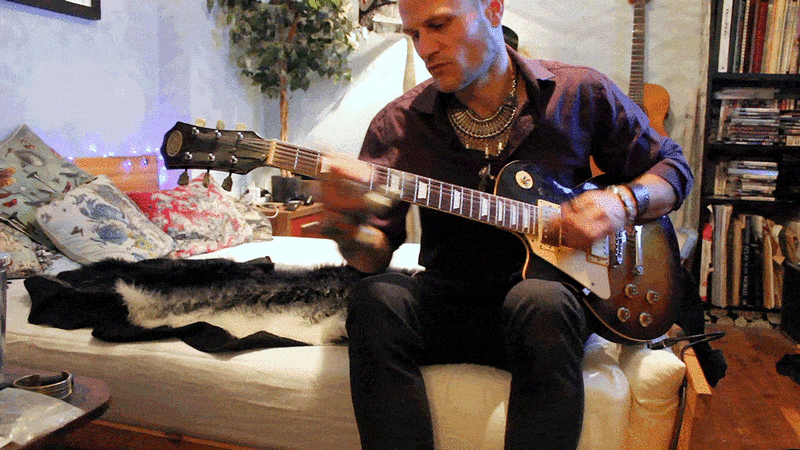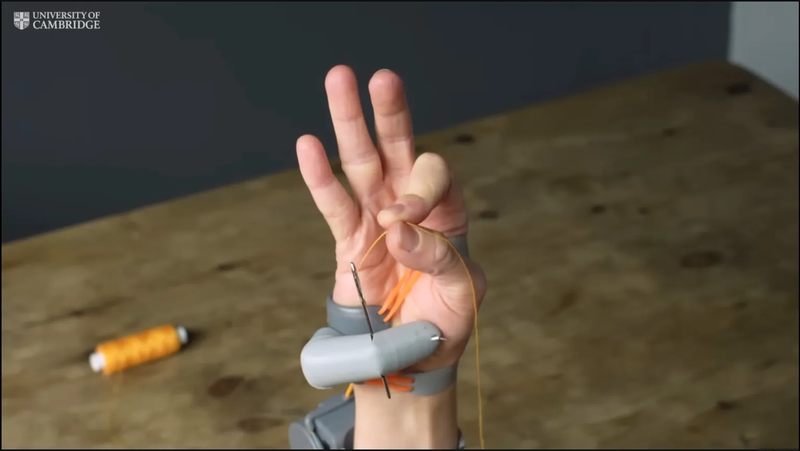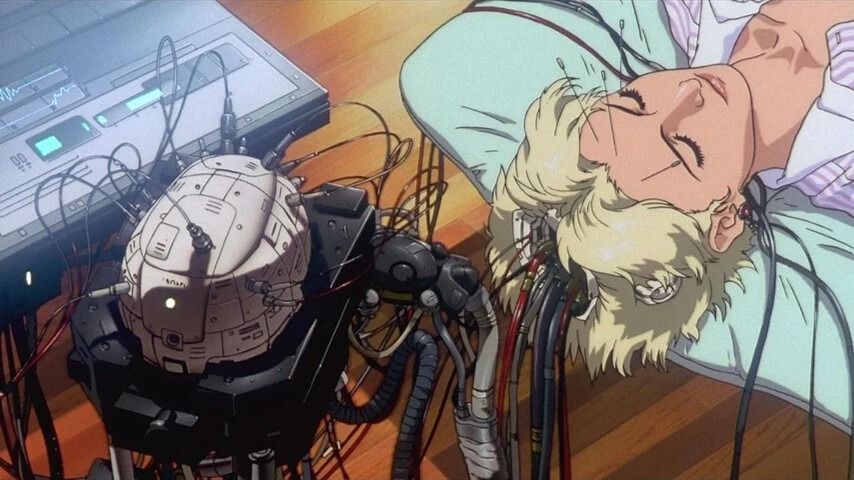Third Thumb Revolution: fMRI & Sensorimotor Cortex Insights

Artificial Intelligence
3-minute read
Have you ever wondered why humans have a 4+1 combination of fingers, with four fingers plus a thumb? A majority of explanations online suggest this is the result of a long evolutionary process. The opposable thumb design enables humans to perform delicate grasping and manipulation movements, which are crucial for tool-making, writing, and other complex tasks. The thumb also provides additional support and strength. But what if we had an extra thumb? Would it make us more convenient and flexible?
Scientists at the University of Cambridge recently unveiled a 3D-printed robotic body part: the Third Thumb, which has made breakthrough progress in the fields of human augmentation and neuroscience. This innovation could potentially disrupt our long-standing bodily habits and usage.
 A six-fingered piano prodigy is born?(Source: Dani Clode Design / The Plasticity Lab)
A six-fingered piano prodigy is born?(Source: Dani Clode Design / The Plasticity Lab) Human-Machine Integration Is Easier Than Imagined
This project was announced back in 2020 and was initially developed by University College London. Recently, a research team published the results of a large-scale trial in the scientific journal Science Robotics: 596 participants of varying ages and backgrounds almost all learned how to use this new body part within a minute. How does the Third Thumb work? First, it is attached to the opposite side of your existing thumb, and then controlled by pressure sensors placed under the big toes. It may sound odd to control a thumb with your toes, but participants performed many challenging or otherwise impossible tasks for a single hand through this device design, such as opening bottles, peeling bananas, or holding multiple glasses.
The overall setup of the Third Thumb. (Source: Dani Clode Design / The Plasticity Lab)
In the image above, the Bluetooth transmitter and motor on the left wrist are for wireless connection and data transmission, as well as for driving and controlling the movements of the Third Thumb. The Bluetooth transmitter on the right boot is also for wireless connection and data transmission. The pressure sensor under the right shoe is used to control the Third Thumb.
Participants reported that after training with the Third Thumb, they felt that this robotic thumb became a part of their body. This raises an intriguing question for neuroscientists: what impact does an extra finger have on our brain activity?

Does the Brain Perceive an Extra or Missing Finger?
The research team used functional magnetic resonance imaging (fMRI) to observe and analyze changes in the participants' sensorimotor cortex of the brain. The findings showed that using the Third Thumb causes the neural activity of different fingers in the brain to become more similar, reducing the distinction between them. In other words, the brain's ability to differentiate between fingers decreased.
Such brain changes also occur when people lose limbs or sensory functions, where the brain reconfigures its neural representation to adapt to the changes, leading to the expansion or overlap of neural representations in other areas. It's curious to consider whether this means that removing the Third Thumb might feel like 'losing a finger' to the brain. Since the brain has adjusted its neural representation to incorporate the use of the Third Thumb, suddenly removing it could cause the brain to lose part of the sensory and motor control system it has adapted to.
However, the research team notes that these brain changes are short-term and do not affect normal finger activities. According to the team's assessment, the Third Thumb is particularly suitable for people who have lost an arm and need to perform complex tasks single-handedly. Related research also has positive implications for advancing the fields of human augmentation and neuroscience.
As they wrote, "Technology is changing our definition of what it means to be human." Machines are influencing our thoughts and even our bodies. I think, if I had a 'Third Thumb,' at the very least, holding my phone would be more stable, especially when lying in bed scrolling through my phone before sleep — a need our ancestors never had.


